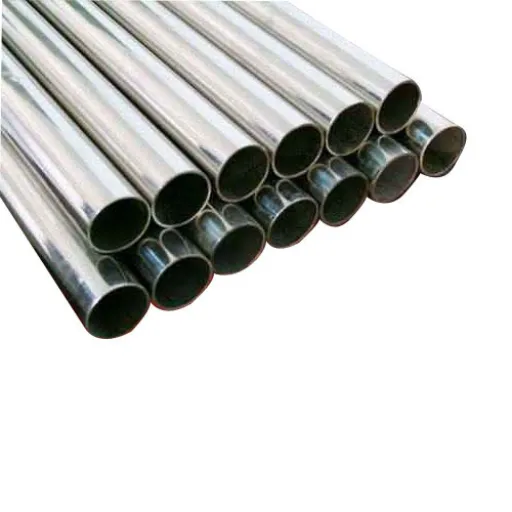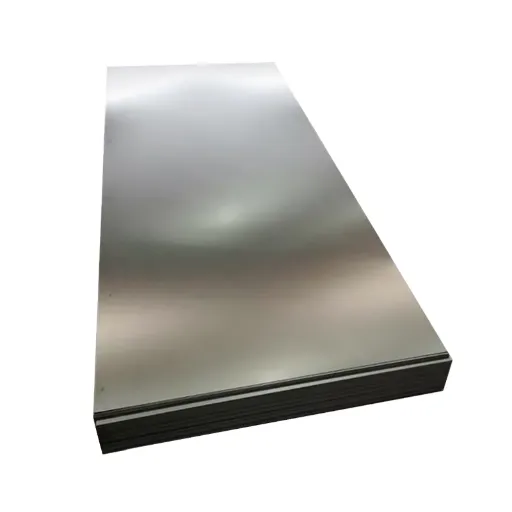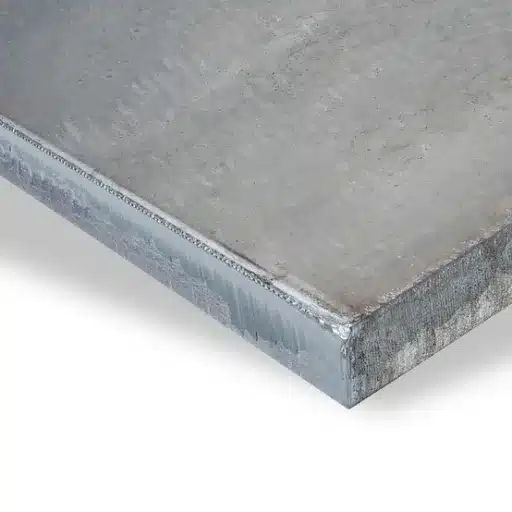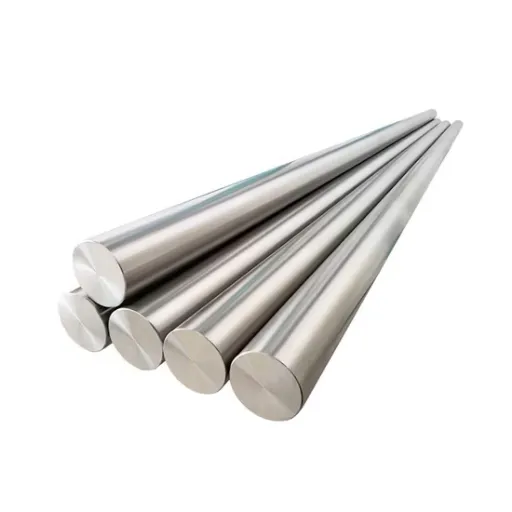The process of selecting flatware involves making a choice among the various types of steel and stainless steel. The grading of stainless steel used in flatware is one of the factors that determine its quality, durability, and visual appeal. The most common grades are 18/10 and 18/0. But what do these figures refer to, and in what ways do they impact your daily meals? This guide will clarify the main differences between 18/10 and 18/0 stainless steel, whether you are in the market for a new cutlery set or just want to know more about the distinctions. Get ready to find out which grade is the most suitable for you, whether you prefer a long-lasting shine or a budget-friendly option.
Overview of Stainless Steel Flatware

Definition and Common Uses of Flatware
Flatware, or more commonly known as cutlery or silverware, denotes the set of utensils for eating, serving, and preparing food. The main items included in this category are forks, knives, spoons, and some other accessories for the table. Flatware, which comes in a variety of materials such as stainless steel, silver, and plastic, plays a significant role in the dining process by satisfying both the functional and the aesthetic aspects of a meal.
Stainless steel occupies the number one spot when it comes to modern flatware materials because of its long-lasting quality, imperviousness to rust and corrosion, and low requirements for care. Among stainless steel, 18/10 and 18/0 are the terms signifying the alloy’s chromium and nickel percentages, respectively. Chromium adds to the alloy’s strength and makes it resistant to staining, while nickel makes it shiny and more resistant to corrosion. For instance, 18/10 flatware, which has 18% chromium and 10% nickel, is of high quality and shine, while 18/0 flatware, which has 18% chromium and no nickel, is less expensive and a little less resistant to everyday use.
Importance of Stainless Steel in Culinary Settings
Stainless steel is the go-to material in culinary settings and it is because of the three features it presents: durability, hygiene, and versatility. The fact that it does not corrode and it does not stain makes it a material that is very much in demand in areas where cleaning is continuous and where there is a lot of moisture. Research indicates that the chromium in stainless steel actually forms a protective layer that prevents the iron underneath from rusting, thereby extending the life of the flatware, cookware, and kitchen tools. For instance, 18/10 stainless steel is considered in the industry as giving the best combination of strength, corrosion resistance, and appearance with the 10% nickel content contributing to the brilliant finish.
Moreover, stainless steel is able to comply with the highest hygiene norms which makes it the top choice in a professional kitchen. As stated in a publication by the Food Service Equipment Journal, stainless steel possesses the quality of being ‘non-porous’ by nature which means that it does not allow bacteria or odors to accumulate, a very critical attribute for an area where food is prepared and served. A further advantage is that its cleaning can be done with just regular detergents which further assures the maintenance of sanitary conditions.
Explanation of Stainless Steel Grades

Breakdown of Different Grades of Stainless Steel
200 Series Stainless Steel
200 series stainless steel is a budget-friendly, nickel-manganese alloy steel that has some good points. It is less corrosion-resistant than other grades, thus often being used in less demanding areas. Its main applications are in the food industry—containers and cooking utensils. It is not, however, suitable for being exposed to moisture or severe conditions for long periods when compared to higher grades.
304 Stainless Steel
Sometimes called the 18/8 or 18/10 kind of stainless steel as a result of its composition of chromium and nickel, 304 is the most frequently used grade in the world of cooking. It is well known for its high resistance to corrosion, durability, and brightness and therefore very suitable for forks, sinks, and pots. It works great under both dry and humid conditions which is why it is most liked both in home and restaurant kitchens.
316 Stainless Steel
Usually referred to as “marine grade” stainless steel, the 316 grade has improved corrosion resistance thanks to the presence of molybdenum. It is particularly ideal for the surroundings where salt, acids, or harsh chemicals are present. This grade is generally used for the manufacturing of top-quality cookware, cutlery, and food preparation areas that are in coastal or industrial sites.
How Grades Affect Stainless Steel Flatware Performance
18/10 Stainless Steel Flatware
The grade, which consists of 18% chromium and 10% nickel, is the highest quality usually found in flatware. Adding nickel not only makes the metal less susceptible to rust and stain but also gives it a nice and shiny finish. A study showed that stainless steel flatware made from 18/10 steel had luster retention much better than that of other grades, thus it is the number one choice for luxury table settings.
18/8 Stainless Steel Flatware
This grade has 18% chromium and 8% nickel in it, thereby offering a compromise between durability and cheapness. It is somewhat less resistant to corrosion than 18/10 but still has a good performance in everyday life. Although 18/8 might take a bit of its shine away after a long time, it is still a dependable option for the homes that want to appreciate quality while not spending much on it.
18/0 Stainless Steel Flatware
This grade contains 18% chromium and 0% nickel which makes it less expensive but at the same time it does not have the enhanced rust resistance and high polish that comes with higher nickel content. The material is likely to get spots and tarnished but the price tag makes it a favored option for informal or temporary use. In places like school cafeterias where cost control is an absolute requirement, the 18/0 flatware fulfills its function perfectly.
Comparing Grades: Cost

Price Implications Based on Type of Flatware
Grade 430: Flatware made of 430 stainless steel is usually the cheapest option among the different grades. This is because of its low nickel content, good corrosion resistance, and its ability to be used in households with limited budgets. It is usually sold in sets which are priced anywhere from $15 to $30.
Grade 201: Although the price of grade 201 is higher than that of grade 430, it is still quite reasonable, with the average price for its sets ranging from $20 to $40. The substitution of nickel with manganese leads to a reduction in cost and at the same time gives the product moderate quality in terms of resistance to corrosion and stains.
Grade 316: This grade is known for its exceptional corrosion resistance, which comes from the high nickel and molybdenum content. Thus, 316 flatware is regarded as a top-grade item costing anywhere from $50 to $100 or more for a set. It is preferred in places where there is a requirement for extreme conditions, such as marine or industrial environments, and also in luxurious dining areas.
Grade 420: It is the hardness of this grade that makes it a classic choice for knives and specialized tools, while medium corrosion resistance is also a factor in its selection. 420 flatware is typically priced between $40 and $80 and is then used by those who prefer a long-lasting sharpness to a less-staining cutting edge.
Choosing the Right Grade for Your Needs
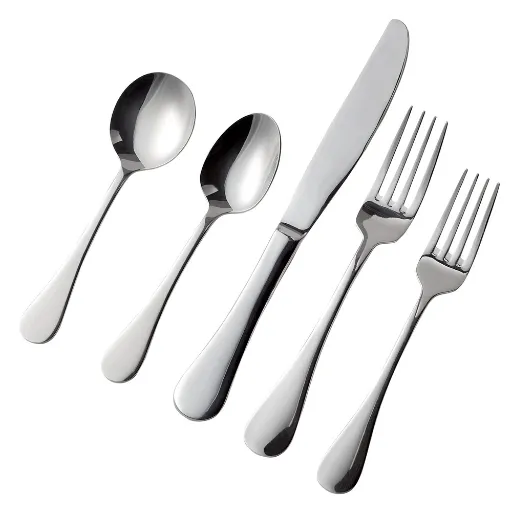
Factors to Consider When Choosing Flatware
Material Durability
Universal flatware is made of stainless steel because of its hardness as well as the fact that it does not rust or corrode. Flatware is usually graded into three categories, namely 18/10, 18/8, or 18/0 stainless steel, these numbers showing the proportion of chromium and nickel. Thus, 18/10 is made up of 18% of chromium and 10% of nickel, and in return, it has more resistance against corrosion and a fabulous shiny look. Though 18/10 is generally costlier, it holds on to the brilliant look and outlasts the lower grades in terms of years.
Weight and Balance
The weight of cutlery has a very strong influence on the whole dining experience. Heavy cutlery, which is linked to high-quality materials, is solid and well-balanced in the hand, while the lighter ones can be less durable in feeling. Trying the cutlery you have in mind is a good way to figure out which one will be the best for daily eating or only for special occasions.
Finish and Design
The visual perspective of cutlery ranges over stunningly mirror-polished finishes to coarse or the like designs. The super-polished assortments usually spot and stain less than matte ones while the latter gives a modern look. Go for a design that goes along with the look of your dining area or the time of the event.
Daily Use vs. Special Occasions: What’s Best?
It is essential to tell apart the sets meant for everyday use and those kept aside for special occasions when selecting flatware. Everyday flatware has usually been made with durability and practicality in mind. Stainless steel of 18/0 grade is often used in such items that provide low-price and rust-stain-resistance, although they might lack the same shine and smoothness as the higher-grade ones. These sets are good for families or individuals who want easy-care items because, in addition to being often dish-washer-safe, they are also-scratch resistant.
High-quality flatware such as 18/10 stainless steel or even silver-plated ones can transform a casual dining experience into a luxurious one, in the case of rare gatherings. In an evaluation of 2023 market trends, 18/10 stainless steel flatware was still at the top of the list for formal dinners due to its unique synchronization of opulence and longevity. The 10% nickel in the mix not only boosts the brightness but also seals the posh look which is desirable for bridal, Christmas or corporate ceremonies. The sets possess a wide range of embellishments or a hand-polished finish which makes the table more intriguing and stylish.
Maintenance Tips for Longevity of Stainless Steel Flatware
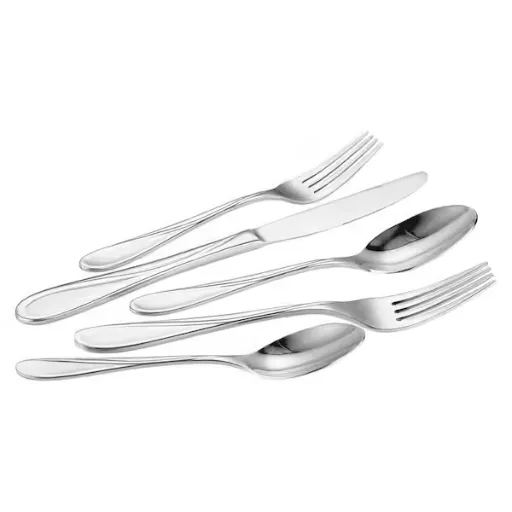
Cleaning and Care Practices for Steel Cutlery
Wash Promptly After Use
Stainless steel can be affected on a surface level by acidic, salty and other food particles over time. To keep cutlery from being stained and chipped, wash it right away after the meals. Do not keep flatware in moist conditions or turning all the time in water, as that may create rust spots.
Hand Washing vs. Dishwasher Use
Stainless steel cutlery goes through the dishwasher cycle without problems but usually hand washing is the gentler method for cleaning. A little dish soap and warm water should be used for cleaning your cutlery, and then a soft cloth should be used to dry it so as to prevent water spots. If the dishwasher is being used, make sure that the items are spaced properly and do not mix stainless steel with non-stainless metals to avoid discoloration from electrochemical reactions.
Removal of Stubborn Stains
To remove tough stains or marks from water, mix together baking soda and water to form a paste. With the help of a soft sponge, lightly apply the paste on the cutlery and then rinse it off and dry the cutlery completely. Do not use strong abrasives or steel wool as they will cause scratching of the surface which in turn will make the flatware dull.
Storage Tips to Preserve Quality Flatware
Use Flatware Organizers
Consider lining flatware organizers or trays to keep your pieces divided and to prevent scratches. Organizers with soft fabric linings, such as felt or velour, are particularly effective in preventing abrasive damage.
Avoid Humid Environments
A dry, low-humidity environment is where your flatware should be stored, since long exposure to moisture can cause issues like tarnishing or rusting, which can happen even on stainless steel. You might place a silica gel packet or other desiccant in the storage area to draw out excess moisture.
Wrap in Anti-Tarnish Cloths
For sterling silver flatware or sets that are prone to tarnishing, wrap the pieces in anti-tarnish cloths or soft pouches specifically designed for silver storage. These protective covers help to keep the shine and slow down the exposure to air and sulfur compounds.
Store Flatware Vertically or Horizontally
Long-term storage can be done horizontally in a drawer with dividers or in a flatware chest to avoid putting pressure on the delicate pieces. High-end flatware can be designed to be stored vertically in racks which can save space while keeping the items safe.
Reference Sources
-
WebstaurantStore
- Title: Types of Flatware: 18/10 vs. 18/0 Stainless Steel & More
- Why it’s reliable: This guide is tailored for professionals in the food service industry, offering in-depth insights into the different grades of stainless steel flatware, their composition, and their applications in various dining settings.
-
Huashunware
- Title: The Complete Guide to Stainless Steel Grades for Flatware
- Why it’s reliable: As a manufacturer of stainless steel flatware, Huashunware provides a comprehensive breakdown of stainless steel grades, their properties, and their suitability for different markets, including households and commercial use.
-
Silver Superstore
- Title: 18/10, 18/8, and 18/0 Stainless Steel Flatware Quality Differences
- Why it’s reliable: This source explains the differences in stainless steel grades with a focus on quality, durability, and cost, making it a valuable resource for understanding the practical implications of choosing specific flatware grades.
Frequently Asked Questions (FAQs)
Which stainless steel is the best for flatware?
The highest quality stainless steel for flatware is 18/10 stainless steel which is commonly accepted by many experts as the best. This particular metal has a large amount of nickel in its composition which contributes to the metal’s durability and rust resistance.
What is the effect of nickel in stainless steel on flatware?
Nickel plays a significant role in the strength and corrosion resistance of the stainless flatware. Moreover, it helps to keep the flatware shiny. Generally, flatware with higher nickel content has better durability and hence less tarnishing.
What different kinds of flatware sets are there?
Flatware sets vary widely from basic ones that consist of dinner forks, knives, and teaspoons or more extensive ones which can also include salad forks, serving utensils, and specialty pieces.while buying flatware it is important that you first dress up the amount of flatware required according to your dining habits and hosting preferences.
Is it possible to buy flatware over the internet and what are the considerations?
Absolutely yes, buying flatware online is an option. When doing online shopping, look for thorough descriptions that clearly indicate the type of stainless steel, the grade of the steel, and the warranties or guarantees. Also, reading the reviews left by customers can be a good way of evaluating the flatware in terms of quality and durability.


